Francolise, Santa Maria a Castello
2021
You may also like
2022
Teano. Convent of Santa Reparata
It is one of the most important convents in Teano, also because inside the building there are the remains of the Saint who is the Coopatrona of Teano, as well as the patron saint of Florence.
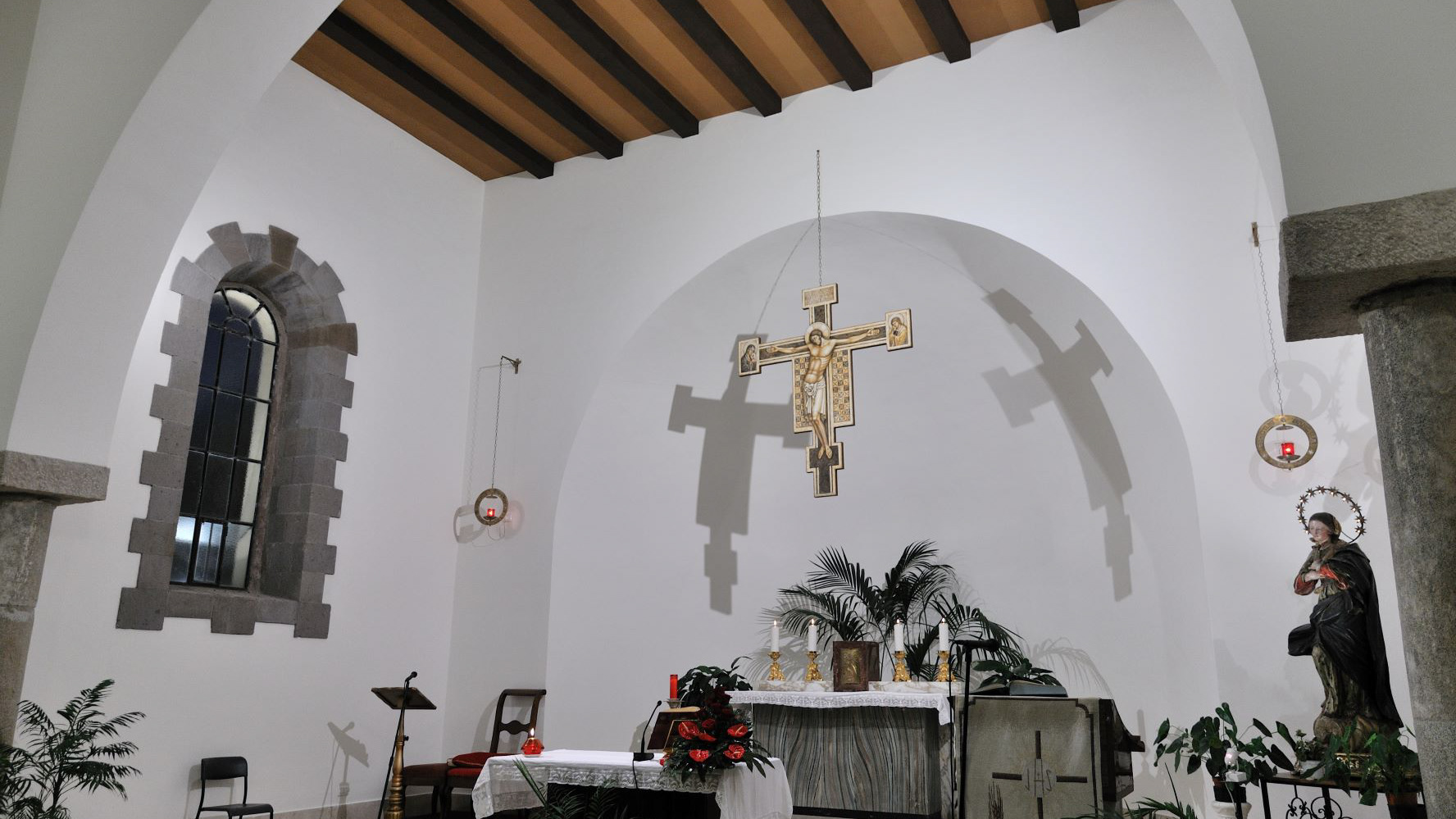
2021
Teano, the Cathedral. Left side chapel
The cathedral, originally dedicated to San Terenziano, was later named after San Clemente. Construction began in 1050 by Bishop Guglielmo, to replace the old cathedral of San Paride ad Fontem, located outside the city walls. The works were completed in 1116 by Bishop Pandulfo. The building has a basilica structure divided into three naves by two rows of columns. In 1608 it was damaged internally by a fire that almost completely destroyed the cosmates ambo, subsequently recomposed using the remains of the previous one integrated with the marble slabs of a fourteenth-century sepulchral monument already present in the church and positioned on twisted columns, two of which rested on fountain lions. During the 16th century the Romanesque apse was modified and on that occasion a precious carved wooden choir was built in the presbytery, built in 1539 by the Benedictine Antonio Maria Sertorio. The choir underwent two restorations, the first in the 17th century and the second in 1957, following the damage suffered during the Second World War.
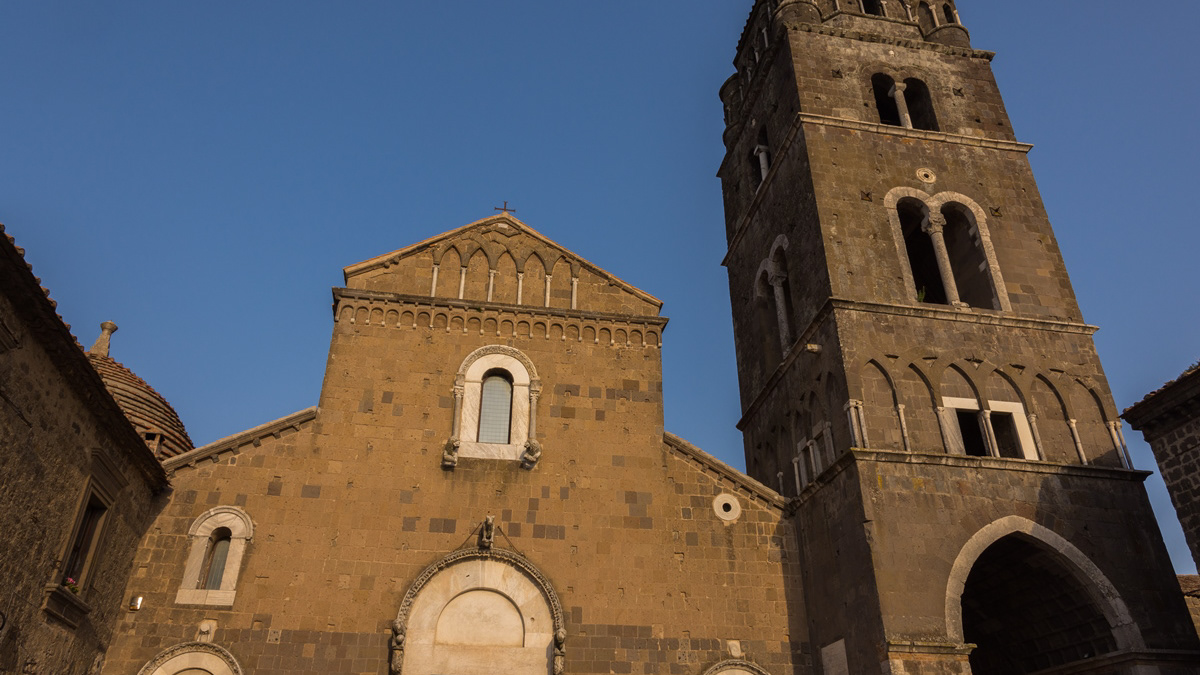
2017
Casertavecchia, the Cathedral
The church, dedicated to San Michele Arcangelo, stands in a medieval village of Lombard origin located on the top of a hill, at 401 meters on the slopes of the Tifatini Mountains. The town is a hilly hamlet located about 10 kilometers from the capital and is today called "Caserta vecchia" or Casertavecchia but in the Middle Ages simply "Caserta" (originally Casa Hirta) before the name passed to the center on the plain (previously called Torri, then Caserta new and finally Caserta). Casertavecchia was an important fortified center, the seat of a Lombard county, later Norman, and the seat of a diocese, after the destruction, in the early Middle Ages, of the ancient episcopal seat of Calatia (near the current Maddaloni).
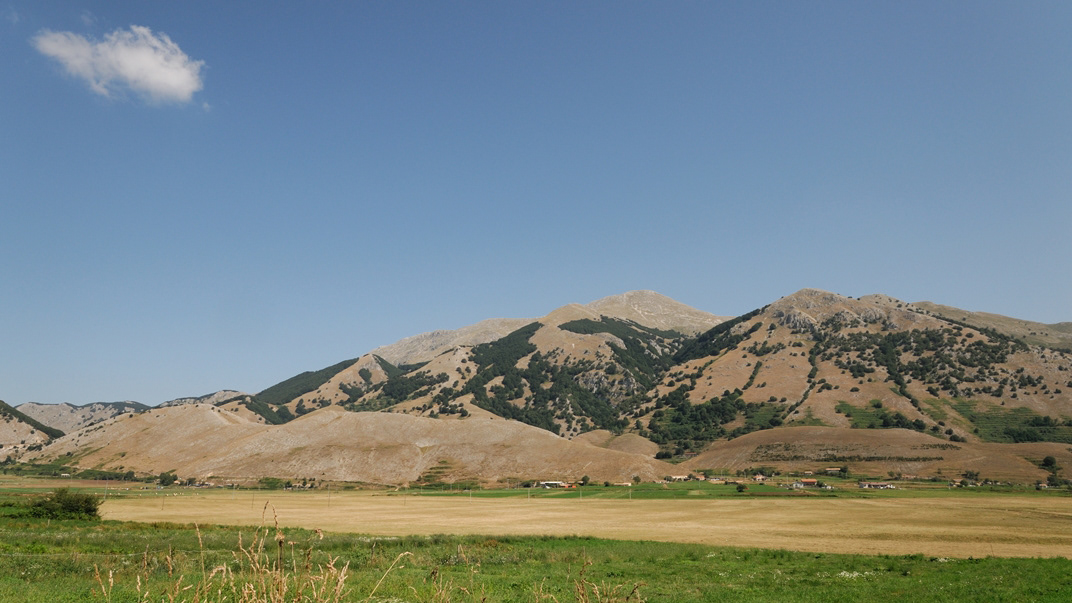
2018
Matese Regional Park - Miralago
The Matese regional park is a protected natural area in Campania. Established with regional law n. 33 of 1993 came into operation only in 2002. The park covers an area of 33,326.53 hectares. The Matese park was established with the Campania regional law n. 33 of 1 September 1993 entitled "Establishment of parks and nature reserves in Campania". Due to the lack of approval of the implementing rules of regional law n. 33 of 1993, the park came into operation only in 2002. The reference standard is the resolution of the Campania Regional Council no. 1407 of 12 April 2002. Since 2006, the Matese Regional Park Authority has been based in San Potito Sannitico, in the province of Caserta. The park's first president was Giuseppe Scialla, a university professor and environmentalist. Following the revision of the Italian budget law 2018, the rule was approved that contemplates the future transformation of the Matese park into a national park, with probable involvement of the provinces of Isernia and Campobasso. The territory of the park mainly includes the Matese mountain massif. The highest mountains, of limestone nature, are Mount Mutria, Mount Gallinola and Mount Miletto. The park takes its name from the Matese lake. Another important lake is that of Letino. The park is crossed by two important rivers: the Titerno river and the Tammaro river. The vegetation of the Matese massif is made up, in the lower area, of holm oaks, hornbeams, strawberry trees and other elements typical of the Mediterranean scrub; as you go up, these species are first replaced by Turkey oak and chestnut and by majestic and imposing beech trees. Here and there you can find wild rowan, maple, dogwood, ash, ash and silver fir. Among the numerous herbaceous plants of the clearings and the undergrowth we note the gentian, the foxglove and above all the omnipresent Sambucus ebulus, the most characteristic plant that accompanies the beech forest in the most open and luminous open spaces. The fauna of the massif is also very rich due to the presence of the three lakes (del Matese, di Gallo, di Letino). In addition to the typical species of the broad-leaved forest (fox, marmot, badger, dormouse, great spotted woodpecker, tordella, jay, owl) there are also species of more open environments, such as hare and wild boar, or bare rocky crags such as the black redstart and the rare rock partridge. Among the exceptional presences we find the golden eagle that nests in the steep rocky walls of Valle dell'Inferno, but above all that of the wolf, regularly sighted in the municipalities of Letino and Gallo Matese. The presence of the lakes also favors the settlement of coots and ducks, herons and even storks. In the waters of these reservoirs we find carp, tench, perch, eel and pike, the three last species introduced by man.

2021
Teano. The Dome. Exteriors
The cathedral, originally dedicated to San Terenziano, was later named after San Clemente. Construction began in 1050 by Bishop Guglielmo, to replace the old cathedral of San Paride ad Fontem, located outside the city walls. The works were completed in 1116 by Bishop Pandulfo. The building has a basilica structure divided into three naves by two rows of columns. In 1608 it was damaged internally by a fire that almost completely destroyed the cosmates ambo, subsequently recomposed using the remains of the previous one integrated with the marble slabs of a fourteenth-century sepulchral monument already present in the church and positioned on twisted columns, two of which rested on fountain lions. During the 16th century the Romanesque apse was modified and on that occasion a precious carved wooden choir was built in the presbytery, built in 1539 by the Benedictine Antonio Maria Sertorio. The choir underwent two restorations, the first in the 17th century and the second in 1957, following the damage suffered during the Second World War.
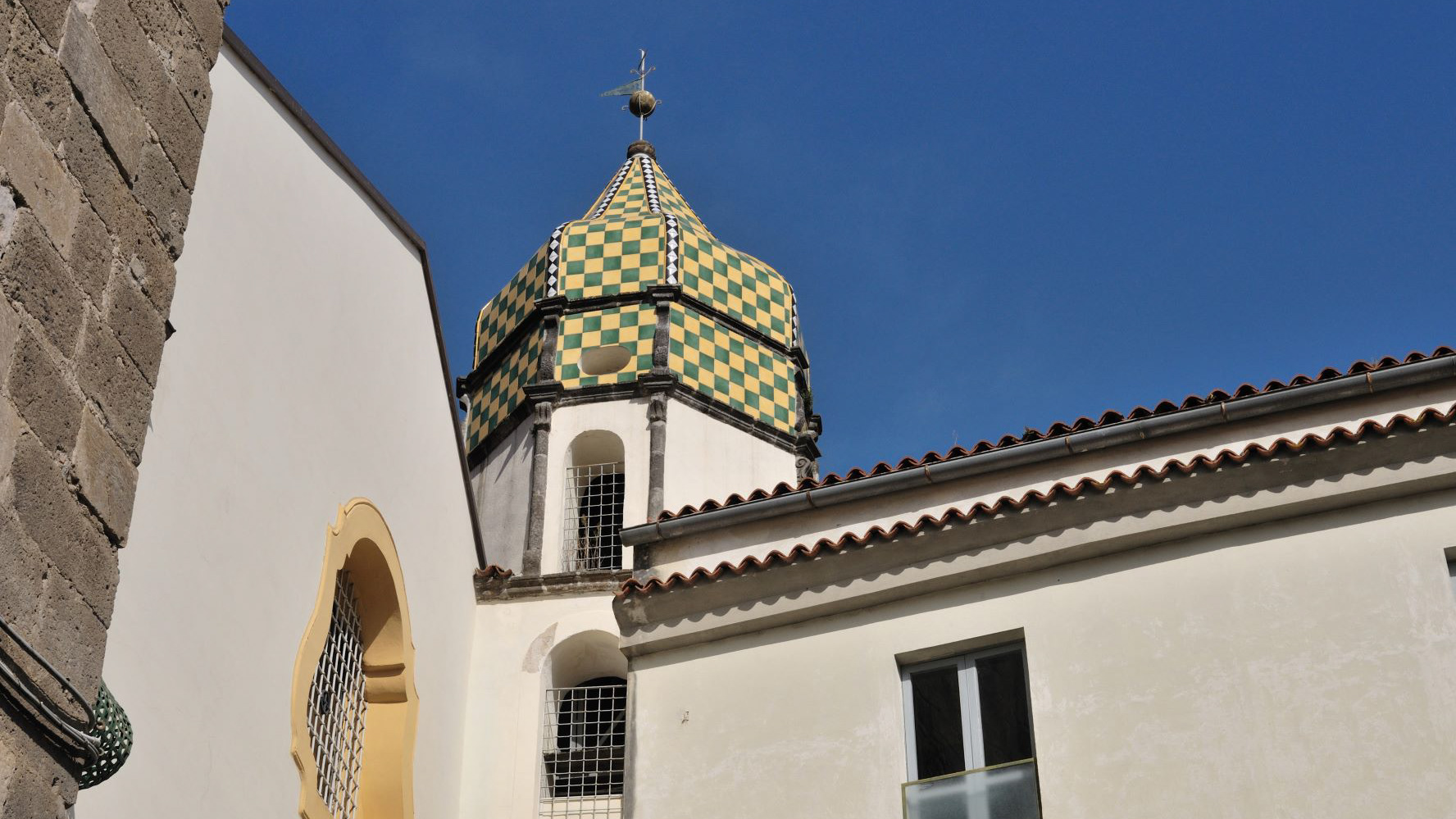
2021
Teano. Monastery of Santa Caterina
2022
Teano, the Cathedral of San Clemente.
The cathedral of San Clemente is the main place of worship in the city of Teano, in Campania, and the seat of the diocese of Teano-Calvi
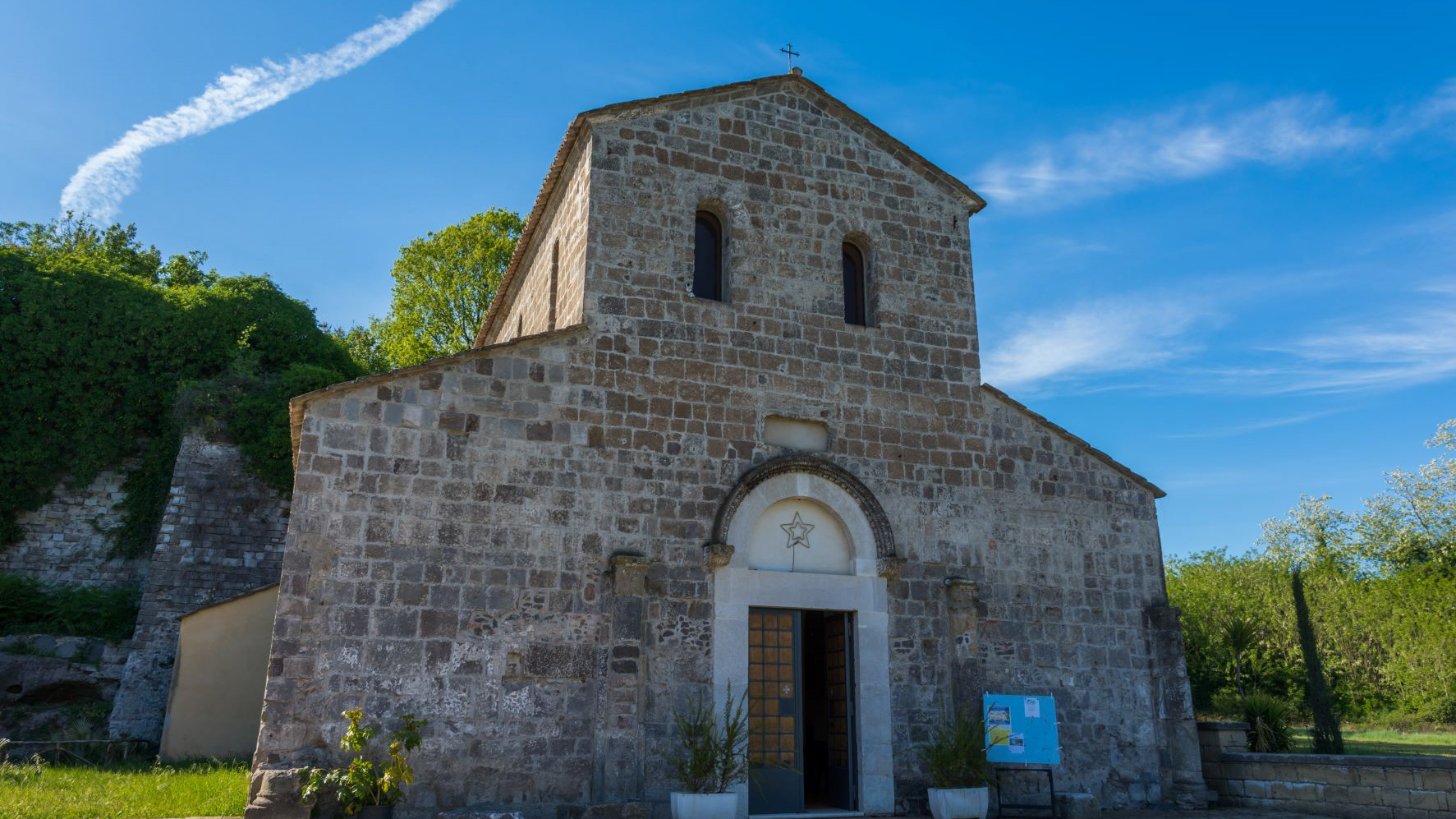
2021
Teano. Church of San Paride ad Fontem
The building of S. Paride is a church with a basilica structure with three naves, and termination with a semicircular apse. The facade, where it is possible to admire the building technique in tuff blocks arranged in regular rows, is characterized by the presence of two semi-columns in tuff on the sides of the portal, and a third in the right corner. The half-columns each rest on a pilaster, also in tuff. A fourth semi-column must have been present near the left corner, where there is still a Tuscan base still in tuff. These still retain the Corinthian capitals of reuse, also in local tuff. The entrance is rather simple, with a molded secmicircular frame supported by two shelves with inlaid motifs in plants. The marble frame still preserves the kyma lesbio decoration, followed by a curb with parallel lines and a second frame with denticles. The frame overlooks a lunette where traces of a fresco can no longer be read. The whole is surmounted by two mullioned windows. Internally, the naves are divided into six bays and separated by arches supported on each side by five quadrangular pillars. The light comes from the mullioned windows placed on the perimeter walls. A large opening, now flanked, also with a round arch, is visible along the left perimeter. The only piece of furniture is the so-called chair of S. Paride, made up of a reddish tuff block. The interior is rather simple, and still has a small crypt with burials in the crate.
2023
Teano. Church of San Francesco.
Teano. Church of San Francesco. Built in the fourteenth century, in Gothic style, by the Conventual Minors it was extensively remodeled in the Baroque age.
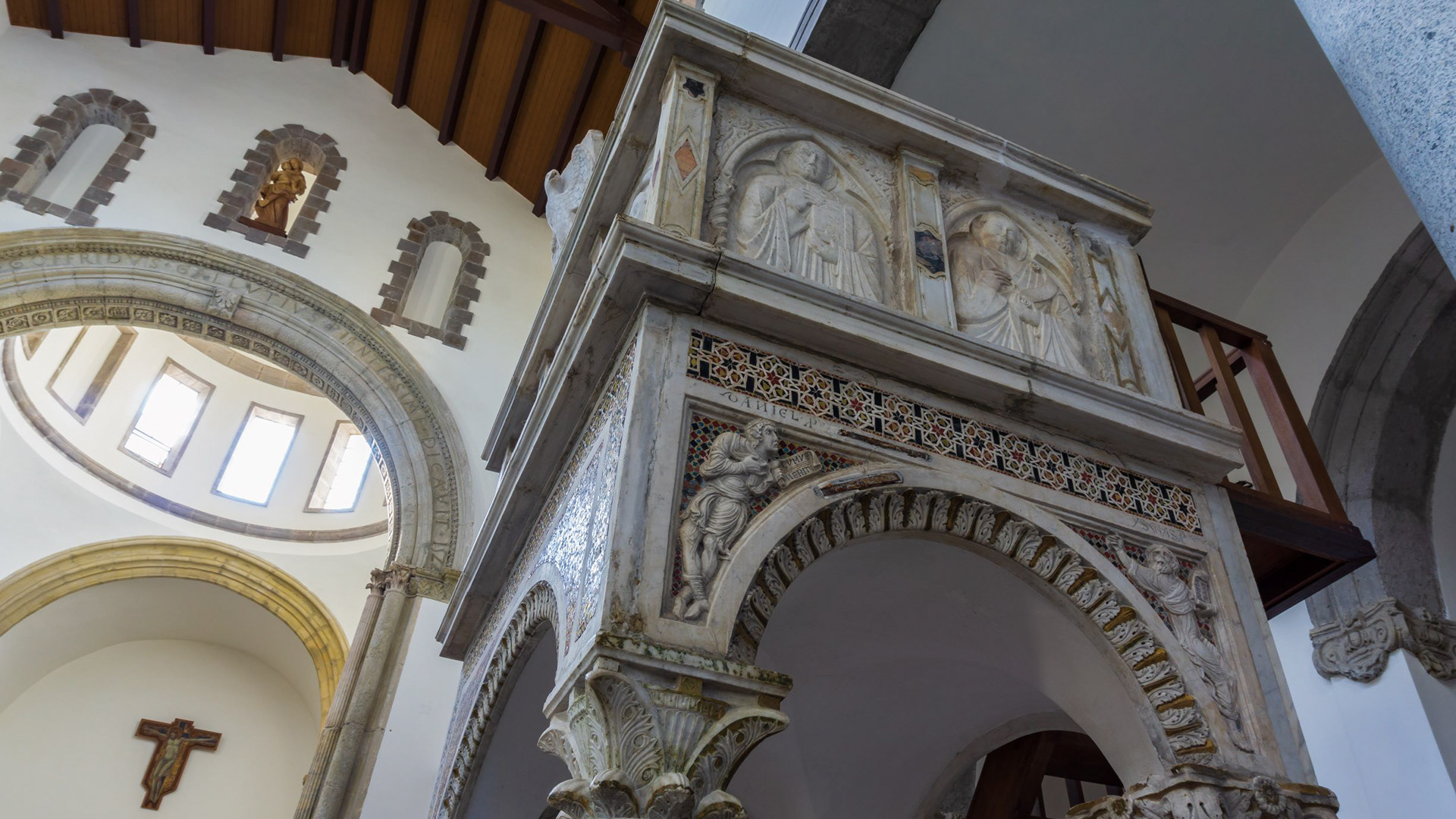
2020
Teano. The Cathedral. The Pulpit
The cathedral, originally dedicated to San Terenziano, was later named after San Clemente. Construction began in 1050 by Bishop Guglielmo, to replace the old cathedral of San Paride ad Fontem, located outside the city walls. The works were completed in 1116 by Bishop Pandulfo. The building has a basilica structure divided into three naves by two rows of columns. In 1608 it was damaged internally by a fire that almost completely destroyed the cosmates ambo, subsequently recomposed using the remains of the previous one integrated with the marble slabs of a fourteenth-century sepulchral monument already present in the church and positioned on twisted columns, two of which rested on fountain lions. During the 16th century the Romanesque apse was modified and on that occasion a precious carved wooden choir was built in the presbytery, built in 1539 by the Benedictine Antonio Maria Sertorio. The choir underwent two restorations, the first in the 17th century and the second in 1957, following the damage suffered during the Second World War.
